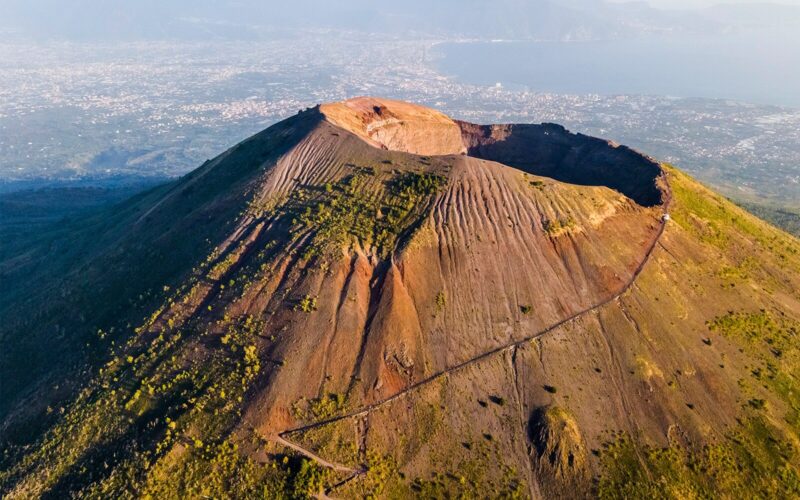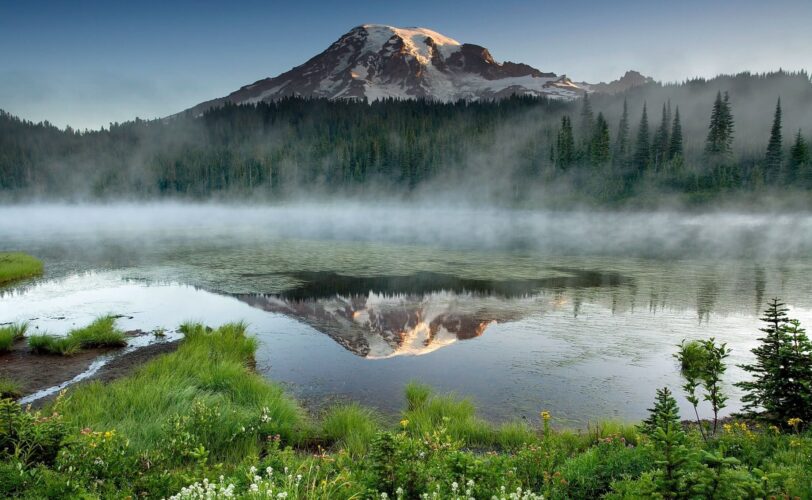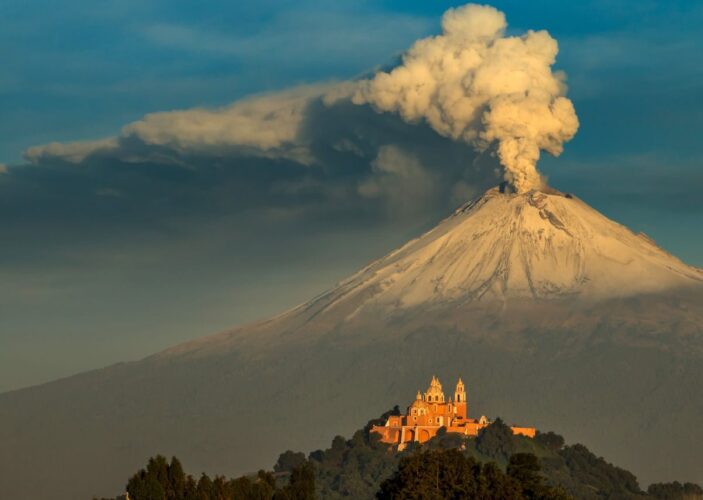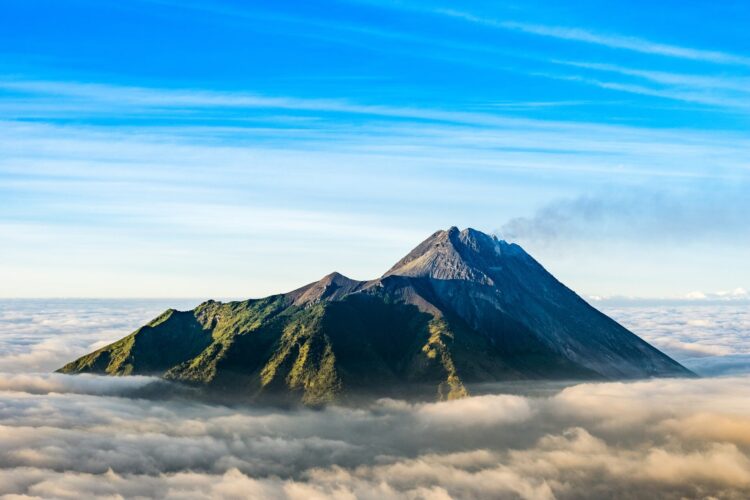Volcanoes are among the most awe-inspiring — and terrifying — natural wonders. While many lie dormant for centuries, some are ticking time bombs capable of unleashing catastrophic eruptions with little warning. Here are five of the most dangerous volcanoes on Earth, based on their eruption history, location near populated areas, and potential for future devastation.
1. Mount Vesuvius – Italy 🇮🇹
Last major eruption: 1944
Deadliest eruption: 79 A.D. (destruction of Pompeii and Herculaneum)

Why it’s dangerous:
Located near Naples, home to over 3 million people, Vesuvius is a constant threat. Its eruptions are explosive and sudden. If it erupts today like it did in 79 A.D., it could cause catastrophic loss of life.
2. Mount Rainier – USA 🇺🇸
Location: Washington State
Last eruption: Over 500 years ago

Why it’s dangerous:
Rainier is covered in glaciers, and an eruption could trigger massive lahars (volcanic mudflows) that would devastate nearby towns — including parts of Seattle and Tacoma. It’s considered one of the most hazardous volcanoes in the U.S.
3. Popocatépetl – Mexico 🇲🇽
Ongoing activity: Frequent eruptions since the 1990s

Why it’s dangerous:
This active volcano is just 70 km from Mexico City. Over 25 million people live in the potential path of ash, lava, and pyroclastic flows. Its near-daily activity and proximity to major cities make it a high-risk giant.
4. Mount Merapi – Indonesia 🇮🇩
Last major eruption: 2021
Known for: Extremely fast pyroclastic flows

Why it’s dangerous:
Indonesia’s most active volcano, Merapi erupts frequently and violently. Millions live within range, and past eruptions have destroyed entire villages in minutes. Its unpredictability makes it especially deadly.
5. Taal Volcano – Philippines 🇵🇭
Recent eruption: 2020
Unique danger: It’s a volcano within a lake within a volcano

Why it’s dangerous:
Taal may look peaceful, but its eruptions can be sudden and explosive. Its 2020 eruption displaced tens of thousands and coated Manila in ash. The surrounding lake adds the risk of tsunami-like waves during eruptions.




